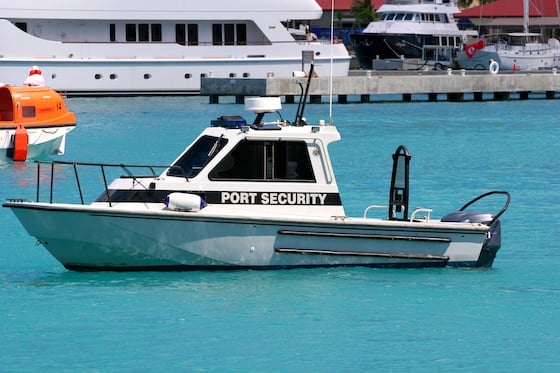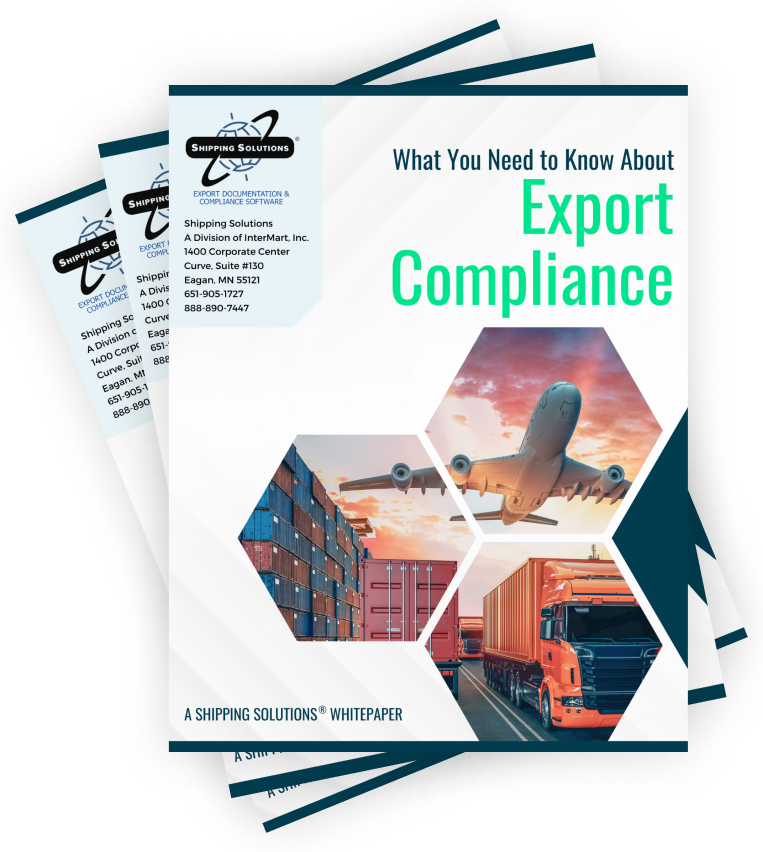The International Trade Blog Import Procedures
Supply Chain Security Strategies
On: April 24, 2023 | By:  Dr. Cheryl McCloud |
3 min. read
Dr. Cheryl McCloud |
3 min. read
 Since the September 11 terrorist attacks, the United States has implemented many regulations to improve transportation security, including the Security and Accountability for Every Port Act. Enacted in 2006, the SAFE Port Act, Public Law 109-347, was established to create and enhance strategies that improve the security of U.S. ports and international supply chains. The act created guidelines and measures across all segments of transportation for response and recovery actions should any major disruption impact the system.
Since the September 11 terrorist attacks, the United States has implemented many regulations to improve transportation security, including the Security and Accountability for Every Port Act. Enacted in 2006, the SAFE Port Act, Public Law 109-347, was established to create and enhance strategies that improve the security of U.S. ports and international supply chains. The act created guidelines and measures across all segments of transportation for response and recovery actions should any major disruption impact the system.
The SAFE Port Act includes strategies such as increased cargo inspections, improved data sharing, cooperation between U.S. and foreign ports, and other security enhancements to protect supply chain infrastructure. Supply chain managers need to understand the below strategies to successfully manage risk and ensure compliance with all security regulations related to the act. Through programs like CTPAT (see more below), companies that demonstrate a high level of compliance can also improve delivery operations. Supply chain managers should ensure their team is trained on these security standards along with any company-specific procedures.
Elements Included in the SAFE Port Act
Customs Trade Partnership Against Terrorism (CTPAT)
This is a voluntary program created to improve supply chain security and border security. Organizations involved in the shipping process can apply for certification with U.S. Customs and Border Protection (CBP) based on the compliance measures they have in place. CTPAT members are considered low risk by customs authorities, allowing for reduced inspections and fewer border delays. The program has more than 11,000 members, including importers, carriers, brokers and others involved in supply chain management.
Read more about the program in the Passages article What Is an Authorized Economic Operator?
Container Security Devices (CSDs)
These electronic devices are used to monitor cargo containers. They provide alarms for any disruptions or tampering in the transport process, cargo identification and device standards.
Container Security Initiative (CSI)
This is a partnership between CBP and foreign customs agencies to help identify high-risk containers that pose a risk for terrorism and prescreen those containers before they are shipped to the U.S. Inspections are done with technology and radiology that won’t slow trade.
International Port Security Program (IPSP)
This program is headed up by the U.S. Coast Guard and acts as a conduit between U.S. ports and foreign ports requiring greater levels of security processing. The goal is to ensure ports around the world meet security standards. The Coast Guard has visited more than 150 countries with coastal waters as part of the program, which also includes training and other assistance the help foreign ports improve security measures.
International Maritime Organization (IMO)
This organization sets security regulations to control vessels, agents and employees on ships, promoting the safety and secure operation of ships. Its International Ship and Port Facility Security Code sets minimum standards for security that must be in place at ports and on ships.
These strategic elements were developed to create plans and actions to be taken to prevent, stop or halt threats and attacks on the supply chain infrastructure, to control loss of life, injury and security breaches. The lead agency in these response plans is the Department of Homeland Security (DHS), which is responsible for providing emergency response and control at a community and national level. The strategic elements focus on training for prevention, preparedness and coordination of agencies. Global supply chain security requires effective cooperation across all nations and the exchange of information, data, resources and knowledge to provide a single resource reference for security standards critical to facilities, people, cargo, carriers, infrastructure and information, all critical components of global transportation systems.
Like what you read? Join thousands of exporters and importers who subscribe to Passages: The International Trade Blog. You'll get the latest news and tips for exporters and importers delivered right to your inbox.

About the Author: Dr. Cheryl McCloud
Dr. Cheryl McCloud has more than 30 years of experience in global supply chain management and the added distinction of receiving a DBA from Walden University with a specialization in Global Supply Chain Management. As a licensed U.S. Customs Broker and Freight Forwarder, Cheryl owned her international freight forwarding, customs brokerage, distribution, and federal contracting business, providing many services to importers, exporters and the U.S. Federal Government, becoming a 500 Inc. company.
Now, Cheryl is focused on helping small businesses understand the supply chain and regulatory compliance requirements to avoid unwanted risks and financial costs, creating strong profitability. Cheryl has additionally supported the development of new supply chain management programs in local colleges as a professor and currently the Chair of the Education Committee for the International Propeller Club headquarters in the U.S. and has a prodigious interest in the promotion of education, labor growth and opportunities for the maritime business.


